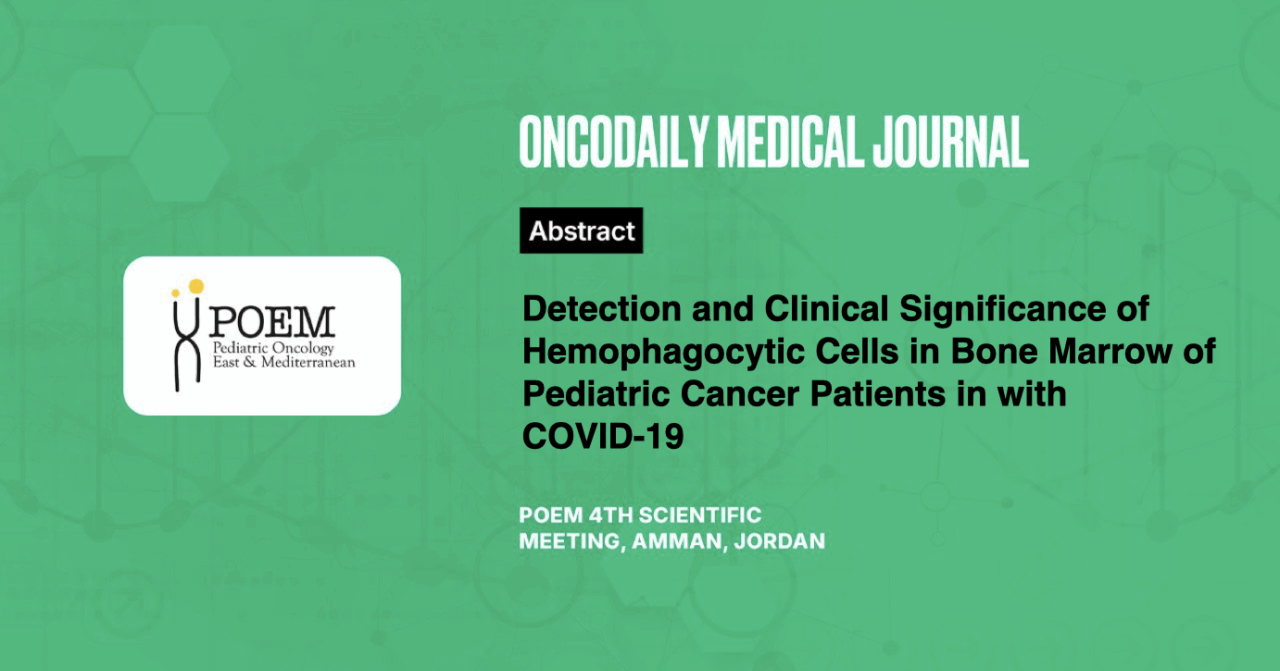Detection and Clinical Significance of Hemophagocytic Cells in Bone Marrow of Pediatric Cancer Patients in with COVID-19
Abstract
Introduction: Viral infection with SARS-COV2 is a severe illness characterized by hypercytokinemia and an HLH like state. The infection of COVID19 in patients with hematological neoplasms either de-novo or received treatment have explicated some changes in the B.M microenvironment which is the target of our study.
Methodology: We investigated BMA samples of 44 alive pediatric patients with hematological neoplasms proved to be COVID19 positive (32 males and 12 females 72% and 28% respectively) over one year.
Results: We found that hemophagocytic cells in the marrow are present in 33/44 (75%) of the cohort, coinciding with increased phagocytic activity and hemosiderosis (P<0.001and <0.001 respectively). The presence of those hemophagocytic cells is found to be associated more with normal and increased erythropoiesis (P=0.044). We calculated HLH score for the patients in the study and compared it to patients’ clinical data with a mean of 139.20 (std deviation 56.792, 18-275). High H score was associated with high grade fever, patients presented with hepatomegaly and splenomegaly (P<0.001, P<0.001and P<0.001respectively). Patients with severe and critical COVID19 degree and admitted to ICU had median H score higher than mild degrees but the difference was not statistically significant.
Conclusion: The presence of hemophagocytic cells in the B.M of COVID19 patients with hematological neoplasms could be attributed to be part of the immune excitation state provoked by the virus infection and to disease burden by lesser extent, however, HLH score in those patients is lower than required for the diagnosis of HLH which we may question about the need of lowering that cutoff in COVID19 patients in order to get benefit from early interventions to decline the effect of the cytokine storm and reduce disease morbidity.





